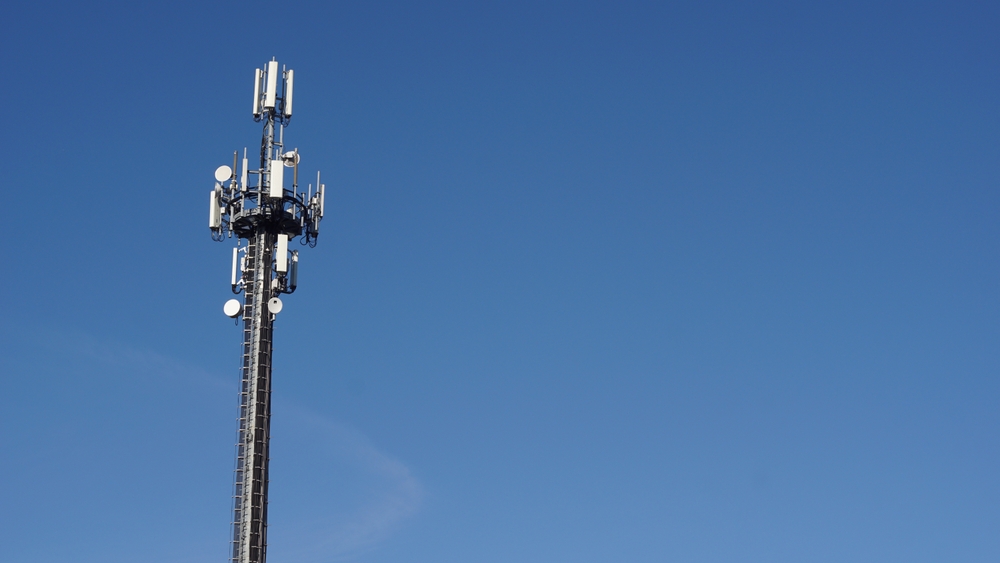Telecom Towers: The Unsung Heroes of Wireless Communication
In an age where seamless connectivity is taken for granted, few pause to consider the vital infrastructure that makes it all possible. Telecom towers, standing tall and often unnoticed, form the backbone of our wireless world. These silent sentinels are the linchpins of modern communication, enabling everything from routine phone calls to cutting-edge mobile applications. But what lies behind these ubiquitous structures, and how are they evolving to meet the demands of an increasingly connected society?

As mobile technology advanced, so did the towers. The transition from analog to digital cellular networks in the 1990s necessitated a significant expansion of tower infrastructure. This period saw the proliferation of lattice towers and monopoles across urban and suburban landscapes, marking the beginning of widespread cellular coverage.
The Anatomy of Modern Telecom Towers
Today’s telecom towers are marvels of engineering, designed to support multiple technologies and carriers simultaneously. The typical tower consists of several key components:
-
The main structure, which can be a lattice tower, monopole, or guyed mast
-
Antennas for various wireless services, including cellular, Wi-Fi, and emergency communications
-
Equipment shelters or cabinets housing electronic components and power systems
-
Transmission lines connecting antennas to ground equipment
-
Lighting and marking systems for aviation safety
Modern towers are built to withstand extreme weather conditions and are often equipped with backup power sources to ensure uninterrupted service during emergencies.
The Role of Telecom Towers in Network Densification
As data demands skyrocket, network operators are turning to network densification strategies to enhance capacity and coverage. This approach involves deploying a larger number of smaller cells, often in urban areas where traditional macro towers are impractical or insufficient.
Small cells and distributed antenna systems (DAS) are becoming increasingly common, complementing traditional towers to create a more robust and responsive network. These smaller installations can be mounted on existing structures like lamp posts, buildings, and billboards, seamlessly blending into the urban environment while providing crucial capacity boosts.
Environmental and Aesthetic Considerations
The proliferation of telecom towers has not been without controversy. Concerns about visual pollution and potential health effects have led to pushback from some communities. In response, the telecom industry has developed innovative solutions to address these issues:
-
Stealth towers disguised as trees, clock towers, or other structures to blend into the surroundings
-
Co-location agreements allowing multiple carriers to use the same tower, reducing the overall number of structures needed
-
The use of smaller, less obtrusive antennas and equipment
-
Strict adherence to safety guidelines and regulations regarding electromagnetic emissions
These measures aim to strike a balance between meeting connectivity needs and preserving the aesthetic and environmental integrity of communities.
The Future of Telecom Towers
As we look to the future, telecom towers are poised to play an even more critical role in our connected world. Several trends are shaping the evolution of tower infrastructure:
-
Smart Towers: Integration of AI and IoT technologies to enable predictive maintenance, optimize energy consumption, and enhance network performance
-
Sustainable Design: Increased focus on eco-friendly materials, renewable energy sources, and energy-efficient equipment to reduce the environmental footprint of tower operations
-
Multi-functional Towers: Development of towers that serve multiple purposes beyond telecommunications, such as weather monitoring, air quality sensing, and public Wi-Fi provision
-
Advanced Materials: Exploration of new materials and construction techniques to create lighter, stronger, and more durable tower structures
-
Edge Computing Integration: Incorporation of edge computing capabilities directly into tower sites to support low-latency applications and services
These advancements will enable telecom towers to support the next generation of wireless technologies and applications, from autonomous vehicles to smart cities and beyond.
Conclusion
Telecom towers, often overlooked in our daily lives, are the silent guardians of our connected world. As we continue to push the boundaries of wireless technology, these structures will remain at the forefront of innovation, adapting and evolving to meet the ever-growing demands of our digital society. From their humble beginnings to their future as multi-functional smart infrastructure, telecom towers exemplify the ongoing transformation of our communications landscape. As we look to the horizon of connectivity, it’s clear that these unsung heroes will continue to play a pivotal role in shaping the wireless world of tomorrow.





